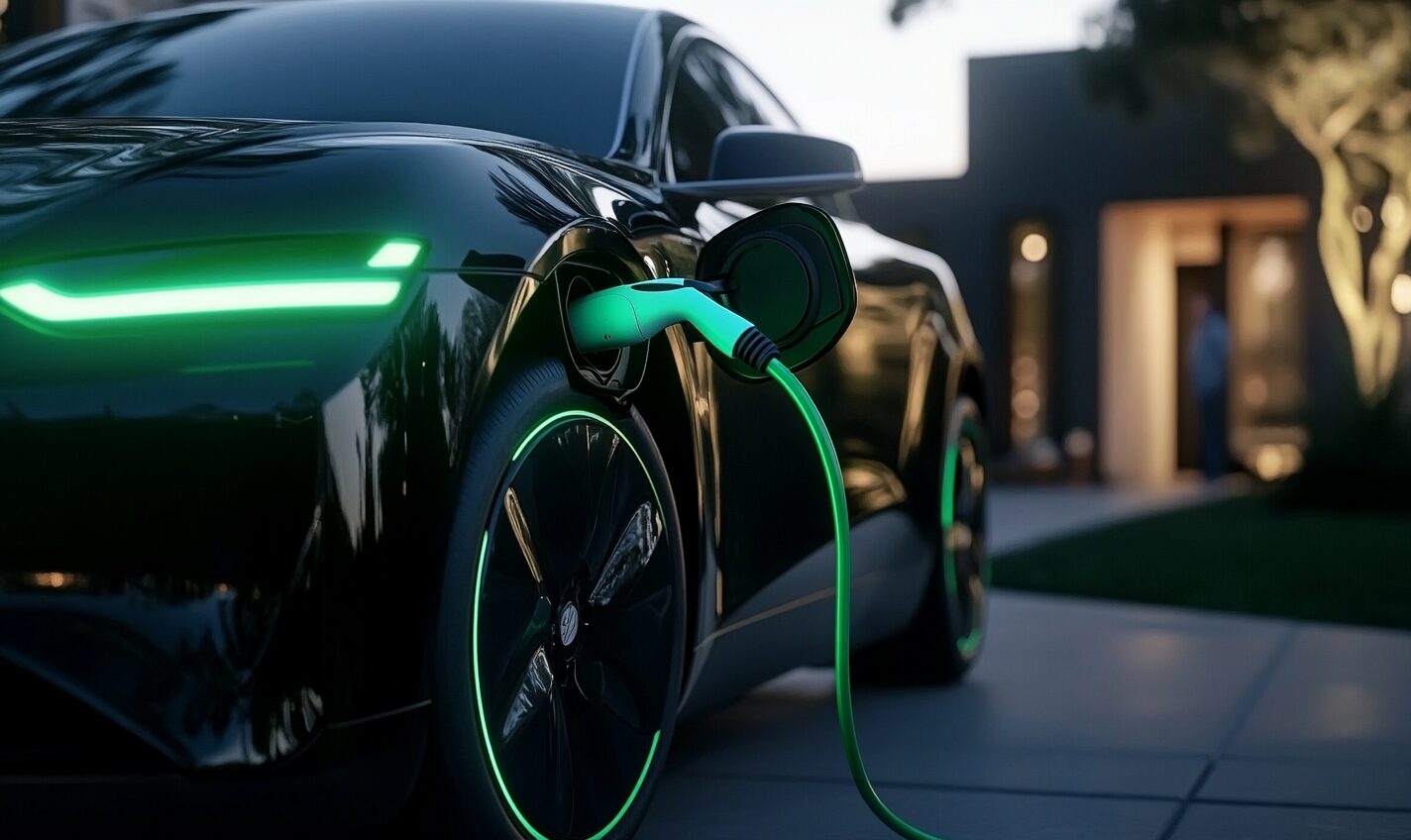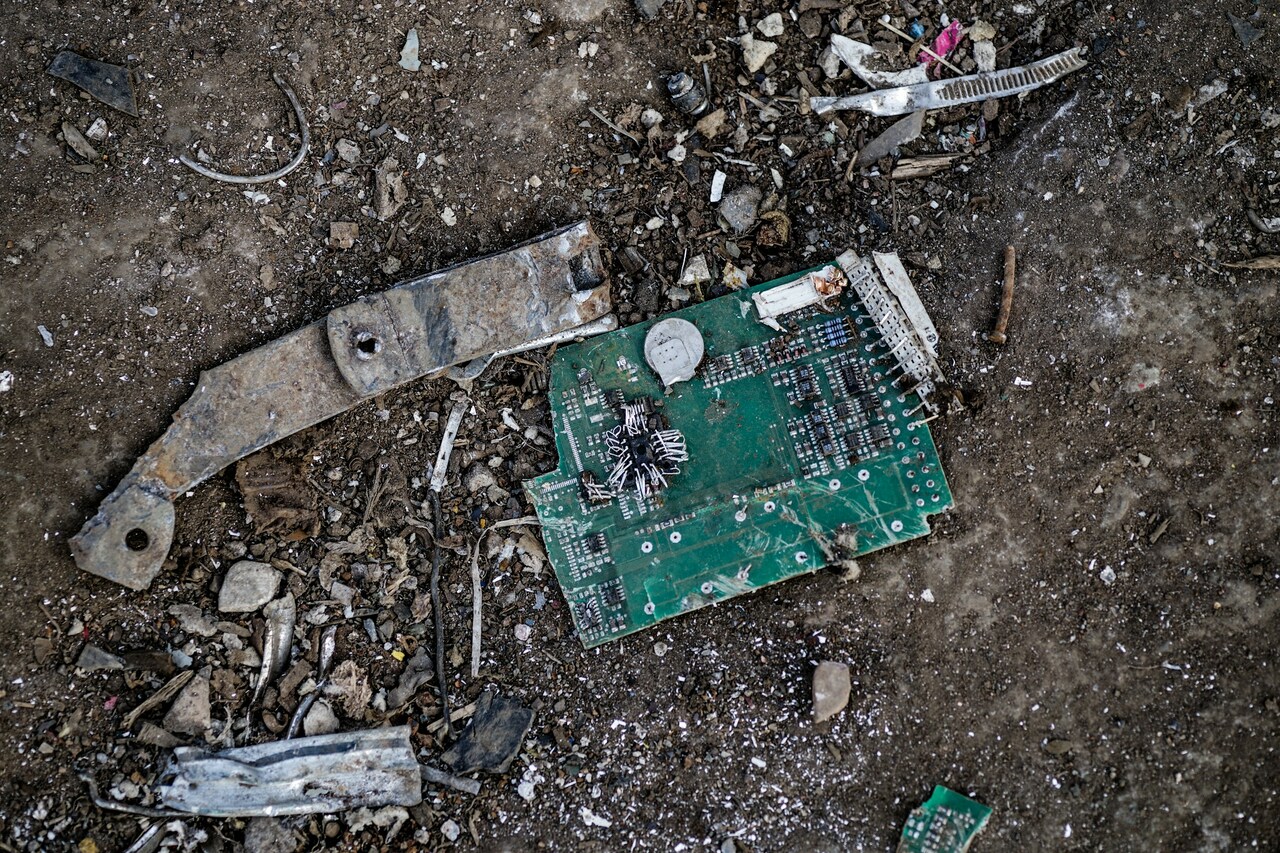Rapid advances in technology have brought society plenty of benefits. Information is right at your fingertips, able to be sourced in a matter of seconds on why you should recycle old electronics.
This explosive growth in electronics, however, has lad to an escalating e-waste problem. Electronics are the fastest-growing waste stream in the world, reaching 50 million tons in 2018.
Out of all of this waste, only 20% gets recycled — the rest gets incinerated or dumped in a landfill.
If this trend continues, experts say the amount of e-waste will more than double by 2050, generating 120 million tons annually.
Planned obsolescence is one driving factor behind e-waste. The belief is that electronics and digital technologies — like lightbulbs, computers, refrigerators and more — could last for decades. Instead, companies create artificial lifespans, ensuring repeat sales and increased profitability.
Consumerism is also an essential factor, with many believing they must have the latest tech to compete socially with friends and peers. For example, when the newest iPhone comes out, loyal brand advocates drop their old tech — still in pristine, working condition — for the latest.
Regulations to prevent planned obsolescence is necessary. Plus, consumers need to understand the impact of tossing out working electronics. However, to solve the e-waste crisis, it’s vital for the world to recycle old electronics.
How to Recycle Old Electronics
It’s easy to get rid of consumer electronics like laptops, smartphones and TVs. Since these products contain toxic chemicals and compounds — like mercury, lead, cadmium and beryllium — disposing of them in the trash can be harmful to the environment. Instead, recycle old electronics with one of the four methods below.
1. Visit a Recycler
Electronic recyclers are available all across the country. Many government and nonprofit organizations accept unwanted electronics for recycling, reuse and donation.
It’s smart to wipe personal data from devices before recycling, as it could become compromised. Some recyclers provide written certification that they have destroyed data and storage media, as well as the method they used. A common technique for destroying data is magnet swiping.
2. Trade It In
Many stores allow you to trade in your old electronic devices for money off something new. This strategy is an excellent alternative for those who want the latest generation iPhone, for example.
Amazon and Best Buy both have online tools that allow you to look up the value of your devices. If you decide to trade in, you can print a shipping label from home and mail it out the next day.
Other websites, like eBay Quick Sale and Gazelle, allow trade-ins in exchange for gift cards or payment via PayPal.
3. Donate or Give Away
Does your unwanted device still work? If not, can tech junkies reuse the parts? If so, donation is a viable recycling option. Thrift stores like the Salvation Army and Goodwill take in donations and resell for charity.
Seek out local organizations or centers in your area that accepts donations. Be sure to get a receipt after each donation, as you can deduct the value of your electronics on next year’s tax return.
4. Sell Online
If you’re feeling ambitious and want to make some extra cash, why not sell your unwanted electronics? You don’t have to set up a stand at a flea market or bug individuals door-to-door.
Instead, use a resale website, like Craigslist or Letgo, to easily list and get rid of your items. Put the money you make from reselling e-waste toward a new electronic purchase, such as a desktop computer or VR headset.
As technology advances, e-waste will continue to grow. The global problem is one of the most pressing issues of the decade, and it’s time to take action.
When you recycle old electronics, you’re doing your part to mitigate the problem. Whether you find a recycler or trade in your smartphone for store credit, the result is less harmful e-waste littering landfills.
Recent Stories
Follow Us On
Get the latest tech stories and news in seconds!
Sign up for our newsletter below to receive updates about technology trends




